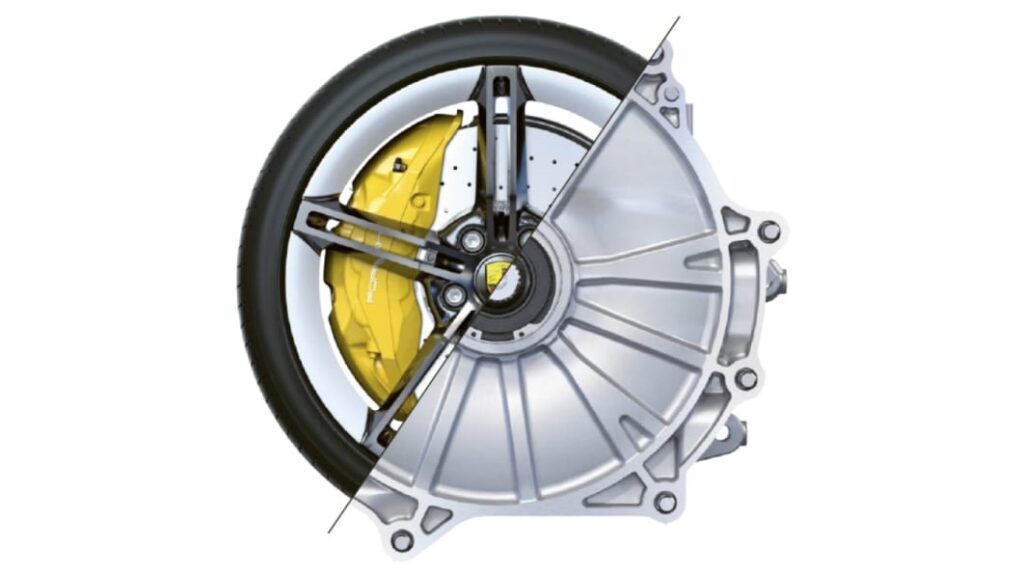Why Porsche Taycan doesn't offer one-pedal driving

The speed of new vehicle development over the past few years has been dizzying as EVs introduce novel charging, energy storage, and propulsion systems. Regenerative braking has been a significant topic of discussion, but it’s not end-all silver bullet for range recovery. Porsche dove into the EV game in 2020 with the Taycan and has used its considerable engineering prowess to develop an innovative regenerative braking setup for the car.
Porsche uses the Taycan’s motors as an on-demand stand-in for the car’s hydraulic brakes in most stopping scenarios. The transition between the two systems is a weakness for many EVs, but the Taycan also varies its hydraulic braking pressure to ensure the smoothest experience possible. Rather than apply regenerative braking force as soon as the driver lifts off the throttle like in many other EVs, Porsche’s system allows the car to roll unpowered, which feels more natural and keeps more kinetic energy in the vehicle. One-pedal driving initiates regeneration first and then has to convert it to propulsion, which the automaker says results in “twice the losses.”
Porsche noted that 90 percent of Taycan owners’ braking could be done electrically without the car’s traditional brake system. In fact, the car only needs 100 percent hydraulic braking at speeds under 5 km/h (a little over 3 mph) when electric motors can’t provide enough stopping force.
The car relies on algorithms to take data from the braking system and determine how and where to apply traditional brakes when the driver asks for additional braking force. Though it follows the conventional automotive configuration of two-thirds braking force on the front axle and one-third on the rear, Porsche said the Taycan’s rear electric motor could provide more force and energy recuperation as needed.
With so much braking force coming from its electric motors, Porsche said Taycan owners would likely replace brake pads more often due to aging than wear. The car is so frugal in its hydraulic brake applications that Porsche developed a system to keep the components clean, in which the car brakes using its traditional system occasionally to remove dirt from the discs and pads.



